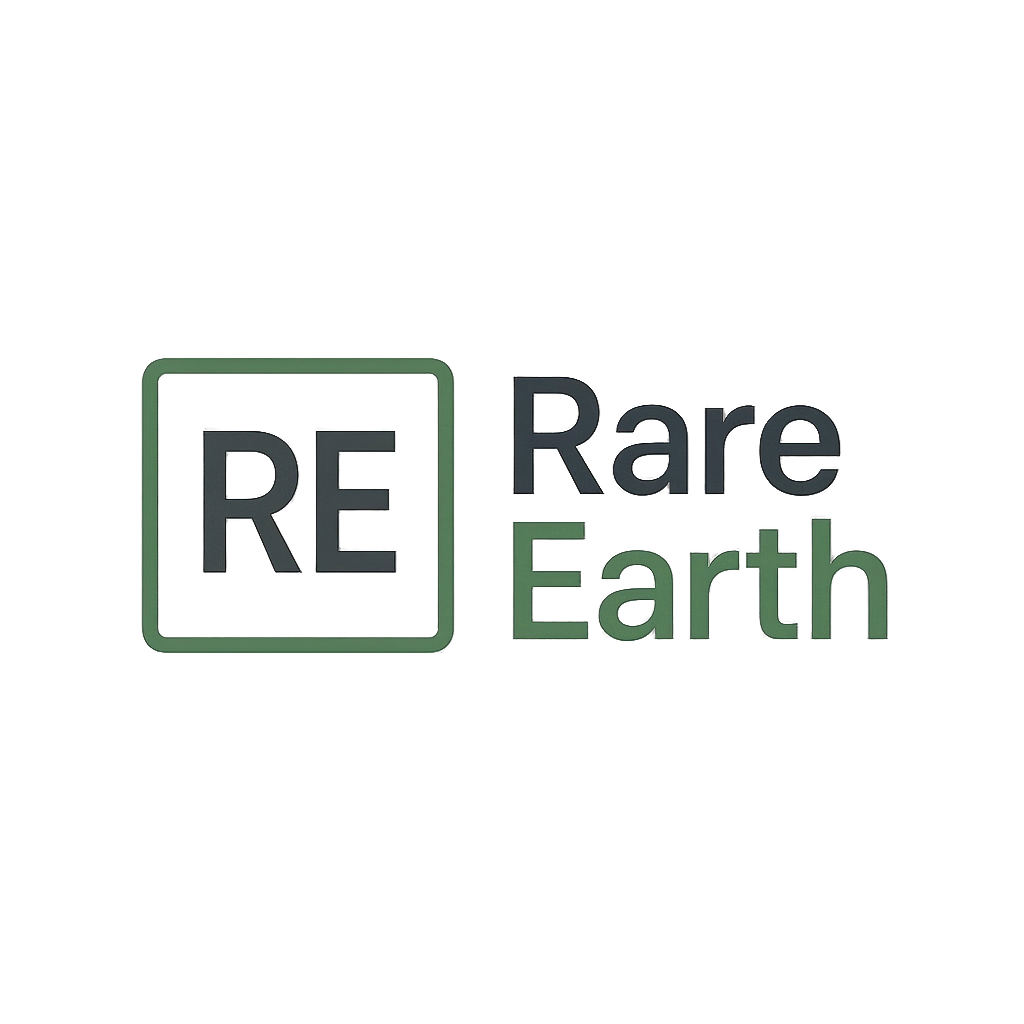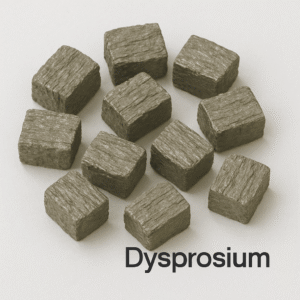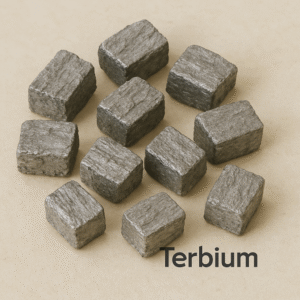Your cart is currently empty!
Erbium (Er)
Basic Information Element Name: Erbium Symbol: Er Atomic Number: 68 Atomic Weight: 167.26 Element Category: Lanthanide (Rare Earth Element) Standard State: Solid Appearance: Silvery-white, lustrous, and soft metal Chemical and Physical Properties Density: 9.07 g/cm³ Melting Point: 1,529 °C (2,784 °F) Boiling Point: 2,868 °C (5,194 °F) Electronegativity (Pauling scale): 1.24 Oxidation State: +3 Magnetism: Paramagnetic at room temperature […]
Description
Basic Information
-
Element Name: Erbium
-
Symbol: Er
-
Atomic Number: 68
-
Atomic Weight: 167.26
-
Element Category: Lanthanide (Rare Earth Element)
-
Standard State: Solid
-
Appearance: Silvery-white, lustrous, and soft metal
Chemical and Physical Properties
-
Density: 9.07 g/cm³
-
Melting Point: 1,529 °C (2,784 °F)
-
Boiling Point: 2,868 °C (5,194 °F)
-
Electronegativity (Pauling scale): 1.24
-
Oxidation State: +3
-
Magnetism: Paramagnetic at room temperature
Reactivity and Storage
Erbium is relatively stable in air compared to some other rare earth elements. It forms a protective oxide layer that slows further oxidation. It reacts slowly with water and dissolves in acids. For long-term storage, it is kept in sealed containers or under inert gas.
Occurrence and Extraction
Erbium is found in small quantities in minerals such as monazite, xenotime, and euxenite. It is extracted and purified via solvent extraction or ion-exchange techniques alongside other heavy rare earth elements.
Isotopes
-
Natural erbium consists of six stable isotopes, with Er-166 being the most abundant.
-
Several radioactive isotopes are known and used in scientific research.
Key Applications
1. Optical Fiber Amplifiers (EDFA)
-
Erbium-doped fiber amplifiers (EDFAs) are widely used in long-distance fiber-optic communication systems.
-
Erbium ions amplify light in the 1.55 μm range, the low-loss window of silica fibers.
-
Applications include:
-
Internet backbone infrastructure
-
Submarine optical cables
-
High-speed telecom networks
-
2. Laser Systems
-
Er:YAG lasers (Erbium-doped Yttrium Aluminum Garnet) emit at 2.94 μm, a wavelength strongly absorbed by water.
-
Ideal for precise medical procedures such as:
-
Dental surgery
-
Dermatology (skin resurfacing, wrinkle removal)
-
Ophthalmology
-
3. Glass and Ceramics Coloring
-
Erbium oxide imparts a delicate pink color to glass and glazes.
-
Used in:
-
Sunglasses and decorative glassware
-
High-end ceramics
-
Optical filters
-
4. Nuclear Applications
-
Erbium is used in nuclear reactor control rods due to its neutron absorption properties, helping regulate the fission process.
5. Alloy Additives
-
Added in small amounts to improve mechanical properties and oxidation resistance of metals used in aerospace and electronics.
6. Luminescent and Upconversion Materials
-
Er³⁺ ions are used in upconversion phosphors, converting infrared light to visible emissions.
-
Applied in:
-
Bioimaging
-
Security inks
-
Anti-counterfeit technologies
-
Interesting Facts
-
Discovered in 1843 by Swedish chemist Carl Gustaf Mosander in a sample of “yttria”
-
Named after the Swedish village Ytterby, where many rare earth elements were found
-
Erbium-based amplifiers revolutionized global telecommunications in the 1990s
-
Its pink-colored oxide is used in jewelry and cosmetics packaging for aesthetic purposes
Additional information
| Weight | 1 lbs |
|---|---|
| Dimensions | 1 × 1 × 1 in |
| Weight | 100G |
-
Cerium (Ce)
$257.00 -
Dysprosium (Dy)
$670.00 -
Europium (Eu)
$1,550.00 -
Gadolinium (Gd)
$106.00 -
Holmium (Ho)
$291.00






